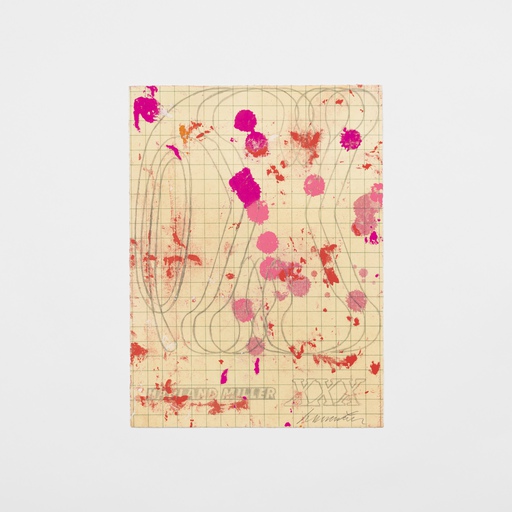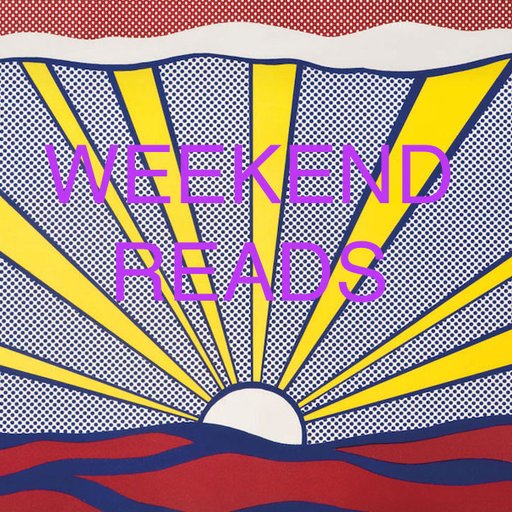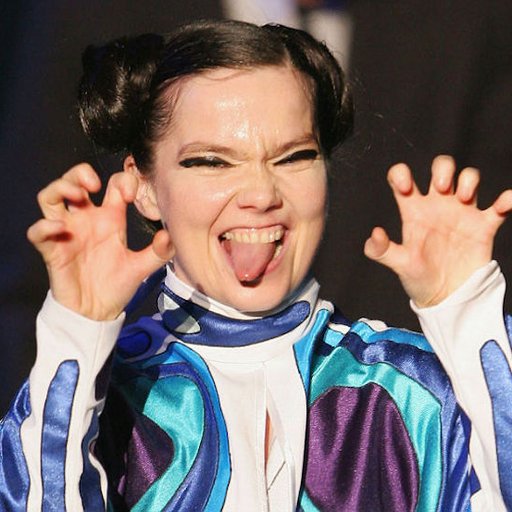In the Loop(hole): The Obama administration’s 2016 budget proposal shows plans to close a longstanding tax provision (called a “like-kind” or “1031” exchange) that allows art investors to defer paying taxes on the sale of works indefinitely. Originally intended to help American farmers of the 1920s exchange land, high-level collectors (and real estate investors) are now using this provision to help expand their holdings tax-free, by reinvesting the profits from the sale of an artwork into another piece without paying the 28% federal tax on said sale. While proponents of the provision say that this tax break stimulates the art economy via trickle-down economics, lawmakers like Senator Ron Wyden (D - Oregon) see the widespread utilization of these exchanges as “another sophisticated federal tax avoidance scheme.” (New York Times & Bloomberg Business)
Behind the Masks: Emma Brockes profiles the Guerrilla Girls (the gorilla-mask-wearing artist collective that has been agitating against sexism and racism in the art world for the past three decades). The piece arrives on the eve of a new sticker campaign by the group, one that’s designed to protest the influence of money in contemporary art by circulating some eye-opening slogans and statistics. “The Guerrilla Girls’ protests were data-driven before data became a thing,” as Brockes reminds us. (Guardian)
MoMA Plays Defense: Speaking at length to Art Newspaper reporter Charlotte Burns, MoMA director Glenn Lowry responds to critics of the much-ballyhooed “Bjork” exhibition, its curator Klaus Biesenbach, and the museum’s controversial expansion plans. Other museum directors chime in to offer support, though anonymously (one exception: the Whitney’s Adam Weinberg, who says, “I feel strongly that Glenn is a great colleague and that he has worked very hard for the museum to make it a fantastic institution with a very good curatorial staff.”) (Art Newspaper)
No Artist is an Island: A month ahead of the Havana Biennial, and four months after the arrest of Cuban artist Tania Bruguera (which has prompted calls to boycott the Biennial), Stefanie Hessler speculates on what the lifting of the U.S. embargo against Cuba might mean for the island’s long-isolated artists and art market. “Even if Bruguera’s performance became a work that was something other than had been intended, the fact that any kind of artwork was deemed to have enough impact to merit its censorship can be seen (with a big dose of irony) as something positive,” she writes. (Art Review)
Unsung, But Not Unhung: In the midst of the media blitz around the Whitney’s new digs, Andy Battaglia takes on one of the overlooked heroes of the museum: frames. For a painting-heavy collection of this stature, the Whitney calls in big guns like master frame maker Jed Bark of Bark Frameworks, who has been tasked with creating new yet historically-accurate frames for pieces that have long languished in sub-par accommodations. The biggest problem? According to Bark, it’s “over-framing.” (Wall Street Journal)
Comfy With Critters: Frieze d/e contributor Ana Teixeira Pinto delves into the contemporary glut of animal-based artworks and exhibitions, using the philosopher Alexandre Kojève and theorist Donna Harraway (of Cyborg Manifesto fame) as well as artists like Tue Greenfort and Pierre Huyghe as touchstones. Far from positing our ongoing obsession with cat videos and their more refined fine art cousins as a mere diversions from the political realities of our complex times, Pinto writes that “with most of us barred from all but a consumptive relation to civil society, watching animal videos might also be construed as a form of passive resistance.” (Frieze d/e)



























